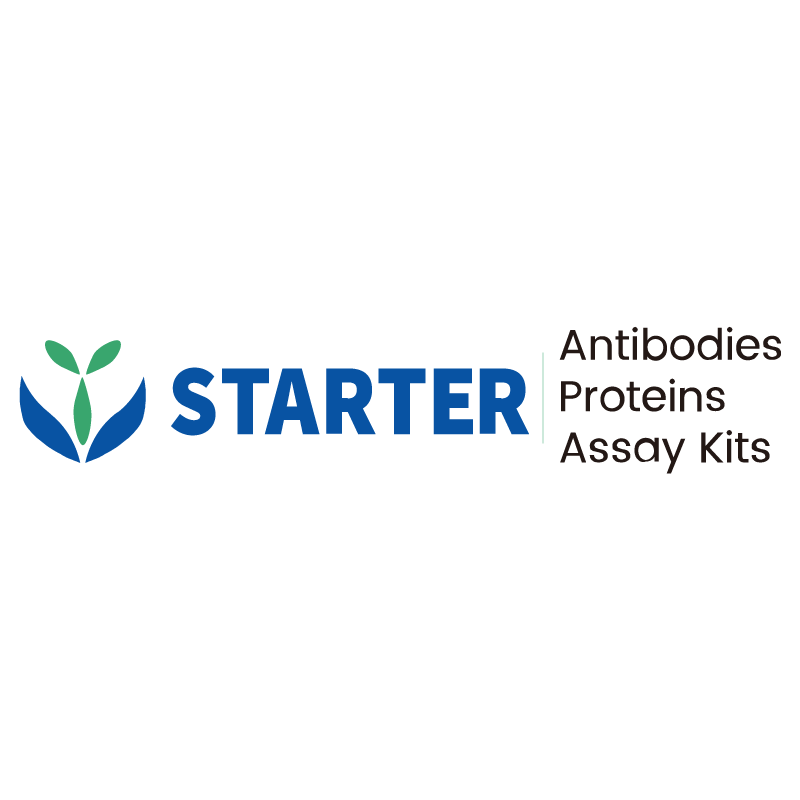Flow cytometric analysis of Mouse CD44 expression on BALB/c mouse splenocytes. BALB/c mouse splenocytes were stained with either PE-Cy7 Rat IgG2a, κ Isotype Control (Black line histogram) or SDT PE-Cy7 Rat Anti-Mouse CD44 Antibody (Red line histogram) at 5 μl/test treated with True-Stain Monocyte Blocker™, cells without incubation with primary antibody and secondary antibody (Blue line histogram) was used as unlabelled control. Flow cytometry and data analysis were performed using BD FACSymphony™ A1 and FlowJo™ software.
Product Details
Product Details
Product Specification
| Host | Rat |
| Antigen | CD44 |
| Synonyms | CD44 antigen; Extracellular matrix receptor III (ECMR-III); GP90 lymphocyte homing/adhesion receptor; HUTCH-I; Hermes antigen; Hyaluronate receptor; Ly-24; Cd44 |
| Immunogen | Recombinant Protein |
| Location | Secreted, Cell membrane |
| Accession | P15379 |
| Clone Number | S-923-31 |
| Antibody Type | Rat mAb |
| Isotype | IgG2a,k |
| Application | FCM |
| Reactivity | Ms |
| Positive Sample | BALB/c mouse splenocytes |
| Purification | Protein G |
| Concentration | 0.2 mg/ml |
| Conjugation | PE-Cy7 |
| Physical Appearance | Liquid |
| Storage Buffer | PBS, 1% BSA, 0.3% Proclin 300 |
| Stability & Storage | 12 months from date of receipt / reconstitution, 2 to 8 °C as supplied |
Dilution
| application | dilution | species |
| FCM | 5μl per million cells in 100μl volume | Ms |
Background
CD44 is a transmembrane glycoprotein that plays crucial roles in various cellular processes. It is a type I transmembrane protein and a member of the cartilage link protein family. The human CD44 gene contains 19 exons and is located on chromosome 11p13. Exons 1–5, 16, 17, and 19 are constant and common to all CD44 isoforms, encoding the standard form of CD44 (CD44s). Variant forms (CD44v) arise from the combination of constant exons with variable exons 7–15 through alternative mRNA splicing. CD44 proteins have a common structure consisting of four major parts: the extracellular hyaluronan-binding domain (HABD), the stem region, the transmembrane segment, and the cytoplasmic region. The HABD confers binding capability to CD44 mainly for hyaluronan (HA), but also for collagen, laminin, and fibronectin. CD44 is involved in cell–cell and cell–matrix adhesion, cell proliferation, migration, hematopoiesis, and lymphocyte activation. It is overexpressed in several cell types, including cancer stem cells, and its variant isoforms are thought to play a role in cancer development and progression.
Picture
Picture
FC


